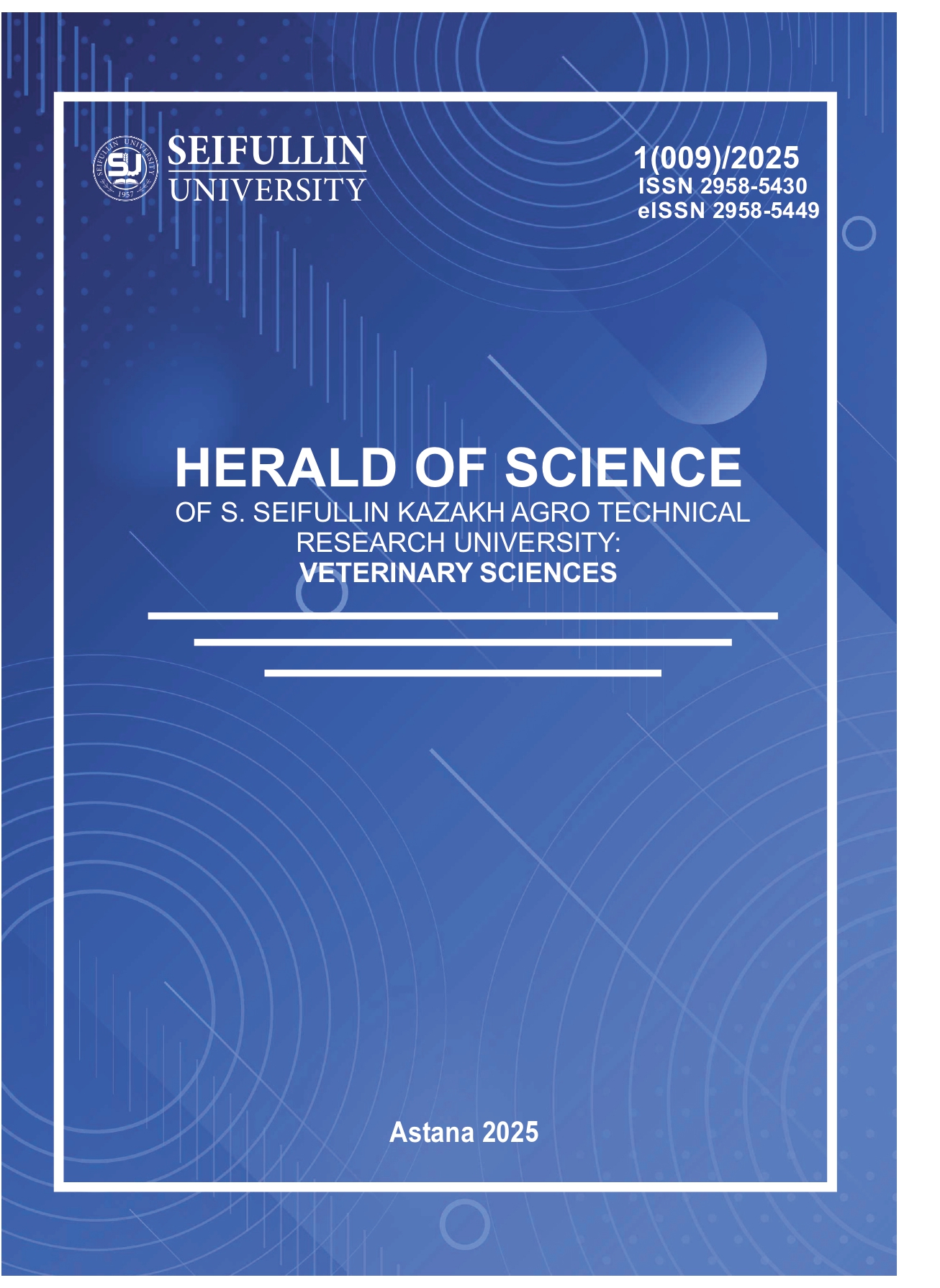Analysis of fatp1 and px-domain genes to investigate the possibility of using them in species-specific diagnosis of Trichinella nativa infection
DOI:
https://doi.org/10.51452/kazatuvc.2025.5(009).1874Keywords:
bioinformatic analysis; diagnosis; FATP1; protein; PX-domain gene; trichinellosis.Abstract
Background and Aim. Trichinellosis, caused by nematodes of the genus Trichinella, is a zooanthroponotic infection which importance is steadily increasing due to its widespread distribution and significant impact on human and animal health. This study focuses on the species of Trichinella nativa, one of the most resistant species adapted to cold conditions, which frequently infects various wild mammalian species.
Materials and Methods. Recent molecular studies have helped to clarify the genetic structure of T. nativa, but significant gaps remain in understanding its immunogenic profile and biological characteristics. A comprehensive bioinformatics analysis using the BepiPred 3.0 tool of two key T. nativa proteins, the long-chain fatty acid transport protein (FATP1) and the phox-homology (PX) domain, to identify potential B-cell epitopes and understand their interaction with the host immune system has identified several significant immunogenic regions in both proteins. A more detailed study of these proteins and their analysis may be relevant for the development of diagnostic and therapeutic agents.
Results. Our results emphasize the need for further research on the immunobiology of T. nativa, especially in the context of increasing cases associated with climate and environmental changes.
Conclusion. This study provides important insights that can contribute to the development of specific diagnostic methods and effective control strategies for trichinellosis, improving public health in the affected Kazakhstan regions.

